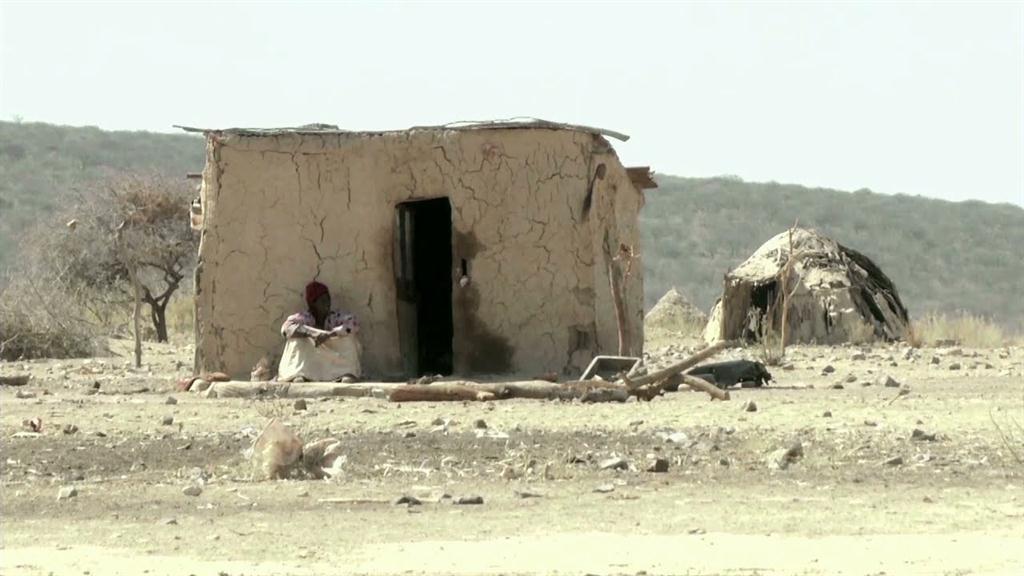Planning for El Niño
If the predicted El Niño occurs, some countries in the region will experience either drought or floods.
The potential impact of the looming El Niño on Namibia and the rest of the SADC region took centre stage at a regional disaster preparedness workshop this week.
The workshop started in Windhoek on Monday.
The permanent secretary in the prime minister's office, I-Ben Nashandi, opened the three-day workshop, saying the lack of rain in Namibia this season was of great concern.
“This should not only be a concern to Namibia, but to SADC as a whole,” he said.
Nashandi said if the predicted El Niño occurs, some countries in the region will experience either drought or floods.
“The outcome of this workshop should provide SDAC and its member states opportunities to make the correct decisions, whatever occurs as a result of the predicted El Niño. Our joint planning is important in coming up with a regional approach to disasters.”
The director of Food Agriculture and Natural Resources (FANR) at the SADC Secretariat, Domingos Gove, said dry spells, drought and disease outbreaks were already affecting the region.
These included Ebola in the DRC, cholera in Zimbabwe and hepatitis E in Namibia, which all have national and regional implications.
“All these are happening when some member states have not yet recovered from the impacts of reduced food production in the 2017/18 production year due to dry spells and the impact of fall army worm,” said Gove.
According to him the memories of the El Niño-induced drought of 2015 and 2016 are still very fresh.
Gove said the 2018/19 seasonal climate forecast projected El Niño conditions, and below-normal rains and high temperatures have already been experienced in October and November.
“The December to February scenario paints a similar hopeless picture in terms of rainfall performance and, by implication, food production.”
He said that was why the SADC Secretariat, in collaboration with the Namibian government and the Regional Inter-Agency Standing Committee (RIASCO), organised this workshop to coordinate regional and national disaster-response planning for the 2018/19 season.
The specific objectives were to review national and regional seasonal disaster contingency plans for the 2018/19 season, with specific focus on the potential impact of El Niño and the management of outbreaks.
The workshop also aimed to develop a monitoring mechanism for tracking seasonal developments, and to facilitate the sharing of tools, experiences and lessons learned in the region.
ELLANIE SMIT
The workshop started in Windhoek on Monday.
The permanent secretary in the prime minister's office, I-Ben Nashandi, opened the three-day workshop, saying the lack of rain in Namibia this season was of great concern.
“This should not only be a concern to Namibia, but to SADC as a whole,” he said.
Nashandi said if the predicted El Niño occurs, some countries in the region will experience either drought or floods.
“The outcome of this workshop should provide SDAC and its member states opportunities to make the correct decisions, whatever occurs as a result of the predicted El Niño. Our joint planning is important in coming up with a regional approach to disasters.”
The director of Food Agriculture and Natural Resources (FANR) at the SADC Secretariat, Domingos Gove, said dry spells, drought and disease outbreaks were already affecting the region.
These included Ebola in the DRC, cholera in Zimbabwe and hepatitis E in Namibia, which all have national and regional implications.
“All these are happening when some member states have not yet recovered from the impacts of reduced food production in the 2017/18 production year due to dry spells and the impact of fall army worm,” said Gove.
According to him the memories of the El Niño-induced drought of 2015 and 2016 are still very fresh.
Gove said the 2018/19 seasonal climate forecast projected El Niño conditions, and below-normal rains and high temperatures have already been experienced in October and November.
“The December to February scenario paints a similar hopeless picture in terms of rainfall performance and, by implication, food production.”
He said that was why the SADC Secretariat, in collaboration with the Namibian government and the Regional Inter-Agency Standing Committee (RIASCO), organised this workshop to coordinate regional and national disaster-response planning for the 2018/19 season.
The specific objectives were to review national and regional seasonal disaster contingency plans for the 2018/19 season, with specific focus on the potential impact of El Niño and the management of outbreaks.
The workshop also aimed to develop a monitoring mechanism for tracking seasonal developments, and to facilitate the sharing of tools, experiences and lessons learned in the region.
ELLANIE SMIT




Comments
Namibian Sun
No comments have been left on this article